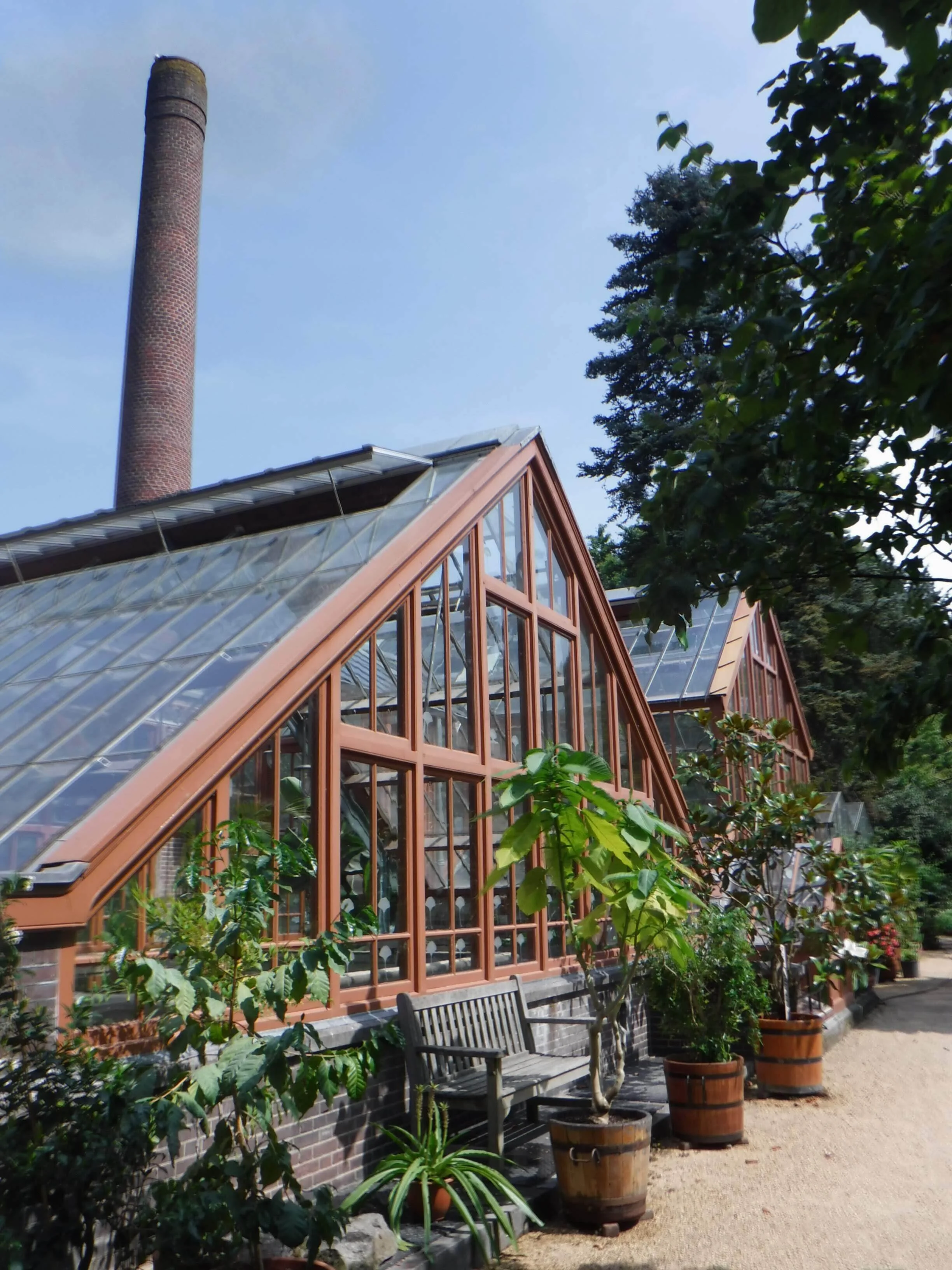The Return of Function
By Corey Squire
Architecture has always been about uniting form with function. The architectural maxim, “Form follows function” was coined by Louis Sullivan in the late nineteen century, but he was just re-popularizing a concept going back Millenium to Virtruvias’ three essential qualities of architecture; firmitas, utilitas, venustas. The concept of form following function makes sense. Designing and constructing a building is a time-consuming and resource-intensive endeavor. After all that effort, clients want something that looks great while serving their needs, even those needs they haven't yet anticipated.
A greenhouse is a building type that embodies the unification of form and function
Sometime in the 20th century, there was a breakdown of the relationship between form and function. Technological optimism led to the international style of architecture and its emphasis on form. The introduction of inexpensive electric light bulbs divorced the form of a building from its ability to provide occupants with light. This led to deeper floor plates and lower ceilings. The introduction of air conditioning divorced the facade materials and orientation of a building from its ability to provide thermal comfort, resulting in expansive glass curtain walls. New advances in technology seemed limitless and since electricity would cover the functional aspects of a building, architects were freed to focus purely on form.
Though the international style came to an end in the 1970s, many elements of the movement remain entrenched in today’s architectural practice. While no longer seeming limitless, electricity is still leaned on by architects to solve problems that would be better addressed through design. This attitude seems to finally be coming to an end as three broad societal trends are leading to the reemergence of function as central to good design. The first trend is cheap and easy access to information on the outcomes of architectural design. In the past, a client who expected high-quality, healthy indoor air would have no way of determining whether or not this outcome had been delivered. Today, anyone can buy a home air quality monitor for less than 100 dollars. Foobot, one manufacturer of these monitors, uses the slogan, “See what you breath”. This could not be closer to the point, the democratization of information allows clients to “see” aspects of architecture that were previously invisible. How a building performs on air quality, energy conservation, occupant health, resilience, and many other formally invisible attributes of design will now be just as visible as the building’s form.
The second trend is a shifting expectation of design in consumer products, both in terms of how they look and the personal benefit they provide. Tesla is an example of how this industry has fully embraced a reunification of form and function. Tesla doesn't ask consumers to choose between an aesthetically beautiful option and a high-performance option, as clients often feel they must. The Tesla’s form was fine-tuned for aerodynamics in a wind tunnel, meaning that the same design moves that lead to the sleek appearance also reduce drag, conserves energy and extends the battery range. On top of this, Teslas have proven especially safe during crash testing and HEPA filters keep cabin air clean by filtering out road pollution. In the recent past, architecture rarely reached this level of system integration, with equal attention paid to beauty, health, and efficiency. These multiple integrated outcomes are demanded by consumers in other industries. Clients are beings to expect holistic performance from architecture as well.
Finally, the last trend is a universal recognition that the climate is changing and that the impacts, both expected and unexpected will continue to be felt by everyone in the short term. Recent examples include a record high temperature of 108 degrees Fahrenheit in Paris in the summer of 2019, a city where less than 10 percent of households have air conditioning and, during the writing of this article, a tropical storm is forecast to make landfall in Ireland. The built environment needs to perform the same functions that we expect today into an increasingly uncertain future. High summer temperature, droughts, extreme rainfall events, smoke, and utility grid shortages are coming with increasing frequency. Clients expect their architects to consider these challenges and design in resiliency features, whether they were explicitly asked for or not.
The AIA has been leading on this issue nationally. This past September, The AIA Board of Directors unanimously adopted a new “Framework for Design Excellence” that encompasses ten equally important measures, including Design for Economy, Design or Energy, and Design for Change. In the past, these efforts were categorized under “sustainability”, a catch-all phrase that can be politically charged. Today, topics like energy conservation, indoor air quality, and resiliency can be broadly defined as the return of function as an essential element of design excellence.

